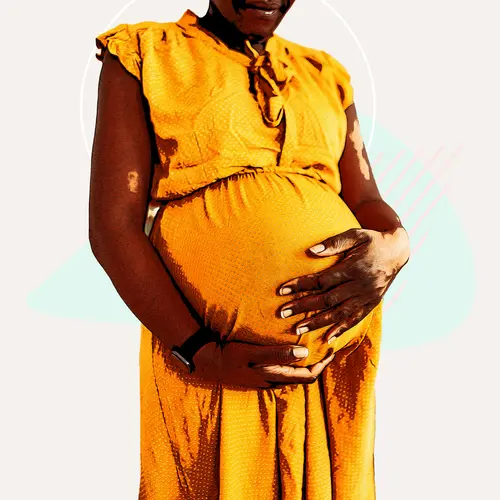Potty training is an exciting milestone for your child. It’s another step toward independence, but it takes a lot of work to potty train a little one. Some parents like to introduce pull-ups at some point.
What Are Pull-Ups?
Pull-ups are similar to diapers, but instead of sides that fasten to secure in the front they have stretchy sides. Pull-ups are designed as a transition between diapers and underwear. The stretchy sides allow your baby to pull them up and down as they would underwear without the risk of making a mess during potty training.
When Can I Introduce Pull-Ups?
Pull-ups are a part of potty training, which often begins around age three, depending on the child. Many professionals recommend skipping pull-ups for daytime potty training. Instead, go straight to underwear so your baby understands how it feels when they pee. Pull-ups have similar absorbency to diapers, so it may confuse your child to have pull-ups on during potty training.
However, pull-ups are an excellent option for overnight use once you begin potty training. Up to 25% of boys and 15% of girls still have accidents overnight by age six. The ability to hold their urine or wake up and walk to the bathroom if they need to go depends on maturity and genetics.
By using pull-ups overnight, you give your child the opportunity to have accidents without making a mess. Focus on daytime potty training in the beginning and tackle night training once you’ve developed good habits.
How Can I Discontinue Use of Pull-Ups?
When you are ready to nighttime train your child, begin to gauge how wet their diaper is upon waking up. Limit liquids during the hours before bed and make sure they use the bathroom before lying down to sleep.
Help your baby establish the habit of taking their pull-ups off first thing in the morning to use the bathroom again. Praise them for waking up dry when it happens and try to avoid criticism when it doesn’t. Once they begin to wake up dry consistently, try switching from pull-ups to underwear.
Understand that accidents may still happen occasionally. If your child is still having a lot of accidents by age six, talk to your pediatrician. The doctor can help you to figure out if something is impacting their ability to hold it. They can also help you brainstorm ways to lessen the frequency of accidents.
Other Potty Training Tips
How do I know when my baby is ready? Many parents think there is a magical age at which potty training is easier. Some start sooner and other parents wait longer. However, usually kids potty train around age two or three. But it’s about what works for you and your family. Here are some ways to know your child is ready to begin potty training:
- They are able to follow simple instructions.
- They understand the potty and words related to potty training.
- They make a connection between the feeling of needing to pee and poop and using the toilet.
- They maintain a dry diaper for two or more hours.
- They have the attention span to sit on the potty for as long as needed.
- They’ve begun to pull down their diapers or training pants.
- They show an interest in sitting on the potty or wearing underwear.
There are also key times you want to postpone potty training for a better time, like when:
- You’re planning to travel in the near future.
- You’re anticipating the birth of a new sibling.
- You’re transitioning them from a crib to a bed.
- You’re moving from one home to another.
- Your child is sick or not feeling well.
If your child is still resistant to potty training by age four, reach out to their doctor for help and ideas. Keep in mind that it takes about three to six months to potty train children.
How do I accommodate my baby? There are two options for toilet training. The first is a small seat that fits on your existing toilet seat. The second option is a toddler-sized potty that sits on the floor and has a bowl you can empty and clean after bathroom use.
You may try one and find that your child isn’t interested or doesn’t like it. Some children are intimidated by the adult toilet, even with a smaller seat on top. In this case, you may invest in a small floor potty, so it isn’t as daunting for them to learn. If you use the adult toilet, you may also need a small stool to place in front of it.
If your child is too scared or doesn’t catch on after a few days, you might want to pause your efforts and wait before trying again.

